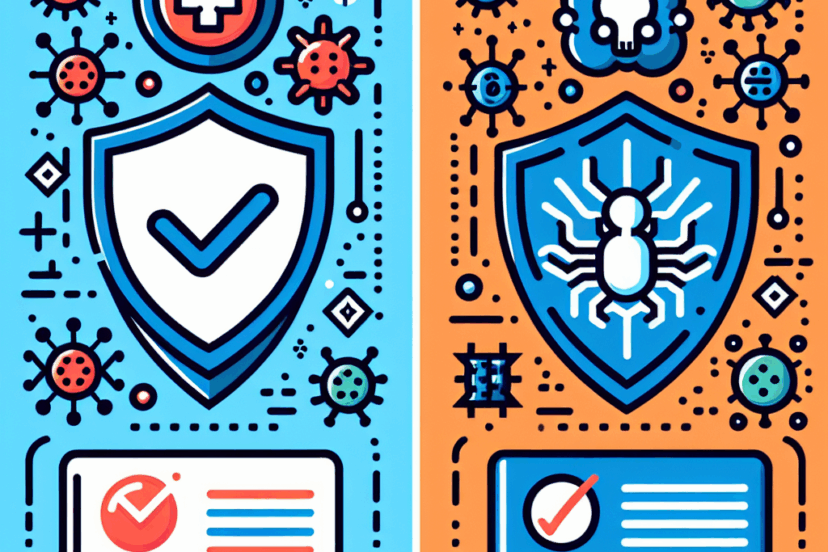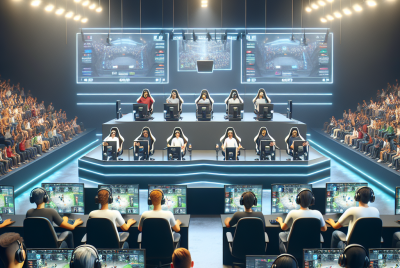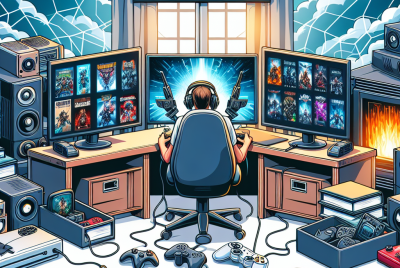Rage-Quitting and Why Some Games Are Just Too Hard
Understanding Rage-Quitting: The Psychology Behind It
Rage-quitting refers to the act of abruptly leaving a game in frustration, often after repeated failures or challenges perceived as unbearable. In the gaming community, it’s a common phenomenon that can lead to heated discussions regarding game design, player skills, and the balance of difficulty. The psychological underpinnings of rage-quitting reveal a deeper narrative about human behavior, cognitive overload, and the expectations players bring to gaming experiences.
The Rage-Quitting Challenge of Difficulty Curves
Every game employs a difficulty curve intended to engage players progressively. However, while some players thrive on challenge, others find certain games overwhelming. A steep difficulty curve can misalign with player skill levels, leading to feelings of inadequacy and anger. For example, titles like “Dark Souls” are renowned for their punishing mechanics, yet they also have dedicated fan bases. The difference in individual reactions boils down to personal threshold levels for frustration. Games that progressively increase difficulty allow players to develop skills and increase engagement while maintaining enjoyment, but abrupt spikes can result in rage-quitting.
The Influence of Game Design on Rage-Quitting
Modern game design takes various player demographics into account, but there are still many games that operate on the premise of high difficulty. Title examples like “Cuphead” and “Ninja Gaiden” maintain gameplay that is punishing by design, testing players’ reflexes and patience. This design choice can alienate casual players. It’s crucial for developers to balance challenge with accessibility so that players who may not invest hours into practice can still experience the core elements of gameplay without succumbing to constant failure.
Cognitive Overload and Decision Fatigue Rage-Quitting
Various cognitive theories, including decision fatigue, explain why players may rage-quit. When faced with too many choices or the need to think critically under pressure, players can experience cognitive overload. For example, a first-person shooter (FPS) player cornered by enemies may struggle to decide the best course of action. In stressful moments, this overload can lead to feelings of helplessness, prompting some to quit rather than endure repeated failure. It’s essential for games to facilitate a streamlined decision-making process whilst ensuring that the player remains engaged without feeling overwhelmed.
The Role of Community and Peer Pressure
The social dynamics surrounding gaming can amplify frustrations. Many multiplayer games, such as “League of Legends” or “Overwatch,” place players in competitive environments where performance is scrutinized. The pressure to not only perform well individually but also not let down team members can result in heightened emotions. If a player consistently underperforms due to high difficulty spikes or poor matchmaking, their immediate emotional response may be to rage-quit—perceiving their experience as not only frustrating but socially adverse as well.
Vicarious Experience and Gaming Culture
Gaming culture often celebrates the ability to overcome impossible odds. With streaming and content sharing platforms rising to popularity, players are exposed to high-level gameplay—leading to increased expectations for their own performance. Players who struggle to meet these unrealistic standards may experience diminished self-worth, compelling them to rage-quit when faced with adversity. This community pressure, particularly in esports and streaming environments, feeds a cycle of frustration, leading to negative experiences in games designed to be enjoyable.
Dealing with Frustration: Alternative Solutions
Understanding why certain players rage-quit can inform developers in creating a better gaming experience. Implementing adaptive difficulty levels, tutorials that scale to player skill, or agile feedback mechanisms can mitigate potential rage-quitting scenarios. Many games, such as the “Mario” series, incorporate features like “Assist Mode” to help players who are struggling, allowing them to enjoy the narrative and exploration without becoming bogged down by challenges. This adaptability not only preserves the enjoyment but also promotes an inclusive gaming environment.
The Role of Personal Expectations and Mindset
Players approach different games with varying expectations influenced by their previous experiences. A player familiar with platformers may expect to succeed in similar formats more easily, leading to disappointment when confronted with unexpected difficulty. This expectation can be a significant contributor to frustration. By fostering a growth mindset—where failure is viewed as an opportunity for growth rather than a setback—players can reduce the emotional risk tied to gaming. This shift can diminish rage-quitting occurrences, creating a healthier gaming atmosphere.
The Impact of Gamification in the Learning Process
Gamification extends beyond simple game mechanics and into learning paradigms. By applying gamification techniques, games can teach players through failure while encouraging a persistent attitude. “Where Legends Are Born,” the tagline for many successful games, exemplifies this notion. The rewards system, where players earn achievements for overcoming challenges, rewards resilience. Well-placed checkpoints and systems rewarding incremental progress can provide the necessary motivation for players to persevere, counteracting tendencies to rage-quit.
Player Feedback and Iterative Design
Developers today are increasingly relying on player feedback to inform game development, tailoring experiences based on community reception. Continuous updates, patching difficult gameplay elements, and adding accessibility features are ways that developers engage players meaningfully. When players witness their feedback leading to tangible changes in gameplay, they are more likely to remain invested and less likely to rage-quit. Clear communication regarding updates on balancing and difficulty can also set more realistic expectations for potential players.
The Complexity of Personal Factors
While game design and community factors heavily influence rage-quitting, personal issues can amplify feelings of frustration. Issues like stress, mental health concerns, or external life pressures can lead to a lower tolerance for challenges. Players who find themselves overwhelmed in-game may not only be battling in-game challenges but also their mental state. Recognizing this can holistically inform how we view rage-quitting—not just as a failure to play correctly, but rather a complex emotional response intermingled with real-world conditions.
Encouraging a Positive Gaming Environment
Creating a positive gaming environment starts from both the players and developers. Encouraging dialogues around experiences of difficulty can forge connections and foster community. This can lead to supportive spaces rather than judgmental ones, allowing players to process their frustrations without feeling alienated. Optimization and engagement through forums, social media, and community events can build resilience against the tendencies to rage-quit.
Utilizing Technology to Enhance Difficulty Management
Advancements in artificial intelligence could transform how games manage difficulty levels according to player performance. Dynamic scaling of difficulty—where AI tracks a player’s success rate and adjusts accordingly—could prevent the adverse effects of overwhelming challenges. This technology would allow for a tailored experience while maintaining the essence of games that test skill without generating undue frustration.
Conclusion
Pioneering paths to improve gaming experiences can alleviate the frustrations leading to rage-quitting. By understanding the myriad complexities surrounding player experiences—ranging from cognitive barriers to societal expectations—developers can craft games that balance challenge with enjoyment. Each level of a game can be a testament to resilience rather than a hurdle that prompts players to rage-quit, promoting an inclusive and fulfilling gaming culture. Seamlessly merging enjoyment with challenge remains the cornerstone of engaging and lasting gaming experiences.




